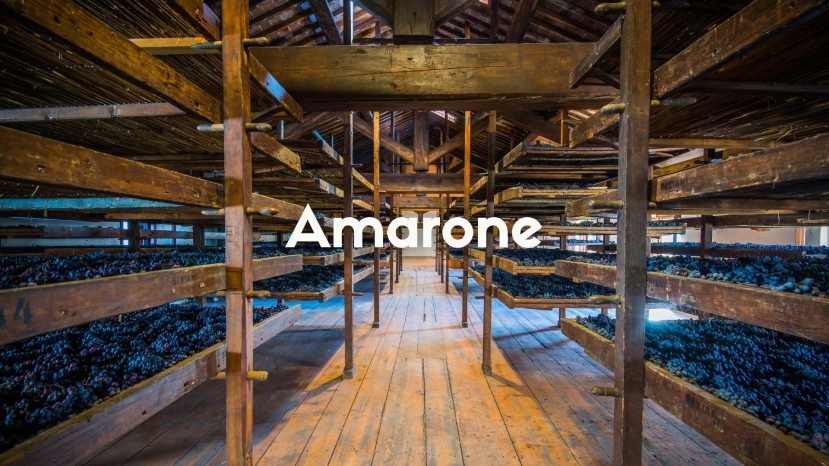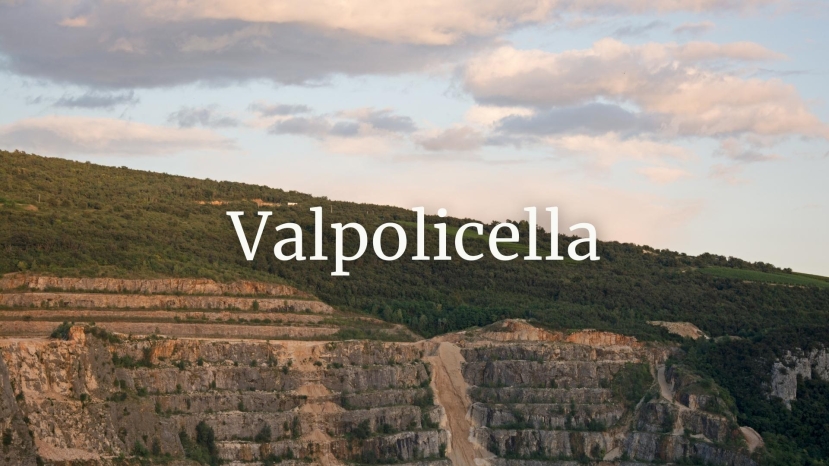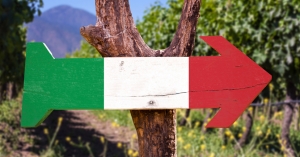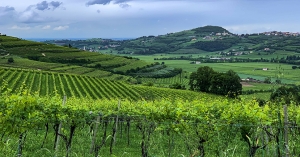BLOG
Valpolicella
Summary:
Amarone relies on one of the world’s oldest winemaking techniques which results in some of the world’s most delicious wine. Through a combination of natural factors and human intervention the indigenous Corvina grape and cast of supporting varieties gives us several different styles of Amarone.
Join Valpolicella wine specialist Deborah Parker Wong for a webinar that reveals
Summary:
Valpolicella is home to some of the world’s most unique wine styles all of which are based on grape varieties indigenous to the region.
Discover the natural and human factors that influence their production and the trends driving their evolution.
Educator Deborah Parker Wong was awarded the title of Valpolicella Wine Specialist by the
Learning Italian wine inside and out can be a thrilling experience, but it can also be confounding. The wrinkles in Italian wine law are numerous, and staying on top of the latest modifications to DOC and DOCG regulations can feel as time consuming as the slow train from Naples to Sorrento.
Fortunately, we have Maurizio Broggi on our side. As Education Director for the Italian Wine Scholar® program, he stays in close contact with Italy’s innumerable consorzi to learn about trends in the vineyards and wineries, as well as changes to their regulations — all so he can keep our education materials up-to-date.
The wines of Valpolicella dance across the tongue with the same lift and loveliness as the name itself. Ideal with humble pastas as well as lighter red meats and game birds, it is well-suited to the table. As the more modest bottling of the Valpolicella region, it is largely (and unfairly) overlooked among Italian reds these days.
Valpolicella is the so-called “everyday” red wine of the eponymous production zone that is situated just north of the city of Verona, and extends west and east of the city. Other reds here include the iconic Amarone della Valpolicella as well as Ripasso, a wine made via a method of refermentation and remaceration, in which a Valpolicella is “repassed” over the skins of grapes used for Amarone.




